Making a Simple Storage Case Rack
Gareth's Tips, Tools, and Shop Tales - Issue #103
What was your favorite tool this year? Why? It doesn’t have to be a new tool just one that comes to mind when asked this question. Send me your answers (with a pic, if possible). I want to do a round-up of readers favorites for 2021. I’ll pick one of the respondents and send them a copy of my tips book.
Making a Simple Storage Case Rack

On the Shop Hacks FB group, member Riley Schatz posted a pic of his simple solution for a rack to hold his plastic storage cases. Many of us have these plastic cases and there are numerous projects online and on YouTube for building more elaborate racks. This is the simplest to date, little more than some scrap 2x4s and plywood hung below a workbench.
Review: Amazon Removable Compartment Professional Organizers

Speaking of multi-compartment storage cases, Amazon just recently (I think) began offering cases under their Amazon Basics brand. Being something of a collector of these cases, I decided to get one and try it out. I got the smaller 15-compartment case (8.3″ L x 13.3″ W x 2.4″ H). They also carry a 19-compartment case (16.5 x 13.2 x 2.4). The 15 case is $17.80, the 19 case is $20. The case I got is much small than the Stanley, Harbor Freight, and other cases that I have (which are closer to the 19-compartment case). I purposely went for the smaller case because I want to use it to house game components and didn’t need the larger size. In terms of features, the removable trays are a must-have for me. They have a nice compliment of small, medium, and large trays. In terms of quality, these cases are on par with the Harbor Freight ones. Like the Harbor Freight cases, they are made of heavy-duty polypropylene. The latches are the weak spot on the both brands, with the Amazon ones being nearly identical to the HF closures. Even with medium use, I’ve had the latches on two HF cases fail. The Amazon cases are comparable, but HF still has them beat on price. Their (full-size) 20-bin case is only $10 (as low as $8 on sale) and their deeper 8-bin case is $15 (as low as $11). The only reason to recommend the Amazon cases is if you want the smaller size.
Using Wire Ferrules
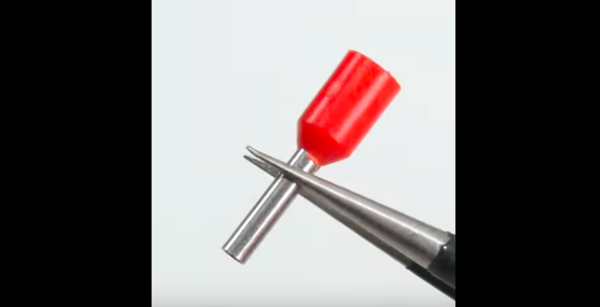
Flat Panel Speakers Made from Foamboard
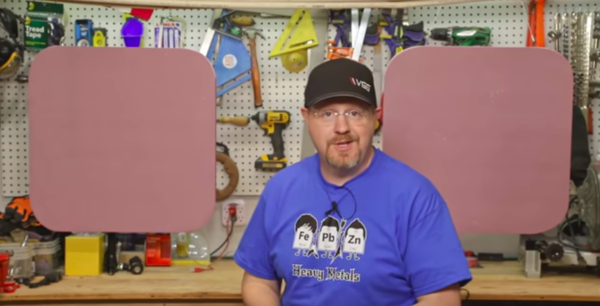
This is more of a project recommendation than a shop tip. On the AmplifyDIY channel, they build these cheap (a few hundred bucks) and easy-to-make flat panel speakers using little more than insulation foamboard, a pair of exciters, and a mini power amp. They results are very impressive. Also: Be sure to check out the follow-up video. In it, he tests out different shapes, panel treatments, adding a second exciter to each panel, and other tweaks.
Why You Need a Vise in Your Workshop
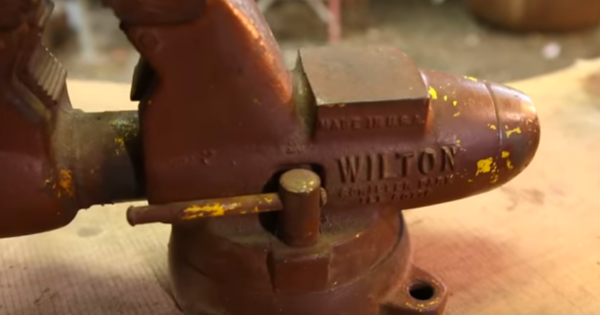
In this Essential Craftsman video, Scott explains the virtues of a vise and why you need one in your workshop. In our new house, there’s a big gaping hole in the wooden workbench in the garage where the vise appears to have been unceremoniously ripped out. I’ve already spotted a sweet small bench vise with an anvil at a local antique store. I’m looking forward to buying and restoring it soon.
Making a Spray Can Shaker
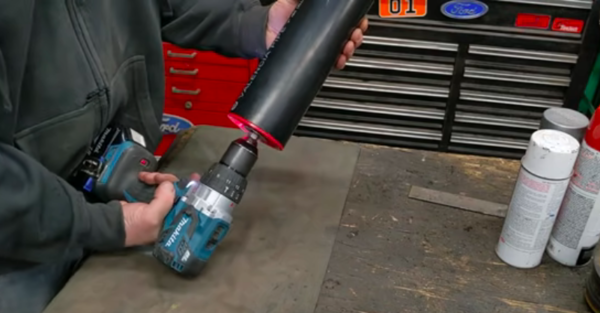
In a recent Adam Savage video, he extolled the virtues of a drill-powered paint mixer. The one he linked to on Amazon can be found here. You can also easily make your own.
How to Tune Up a Cheap Chisel

In this video, Anne of All Trades shows how to properly sharpen chisels, especially how you can sharpen cheap ones and get them closer in sharpness to more expensive tools. I especially appreciate that she demonstrates how to hold and use your body to get the right angle and pressure on the blade as you sharpen
Switchplate Identifiers
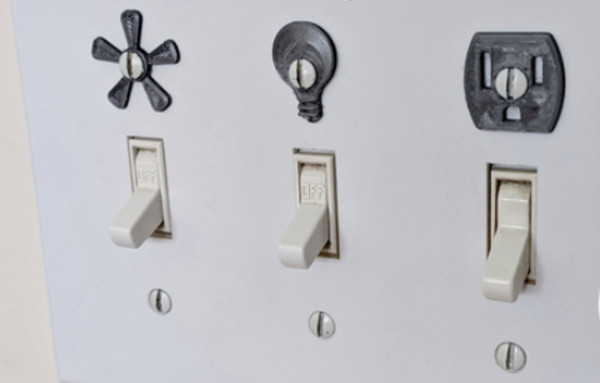
We just moved into a house that has these crazy 4-switch light and fan panels in the bathrooms. Unlabeled, a newbie can do a lot of speculative switching before finding the one you want. So, not surprisingly, these 3D printed switchplate symbols have caught my eye. As soon as I get my 3D printer set up, I might be printing some of these.
Maker’s Muse
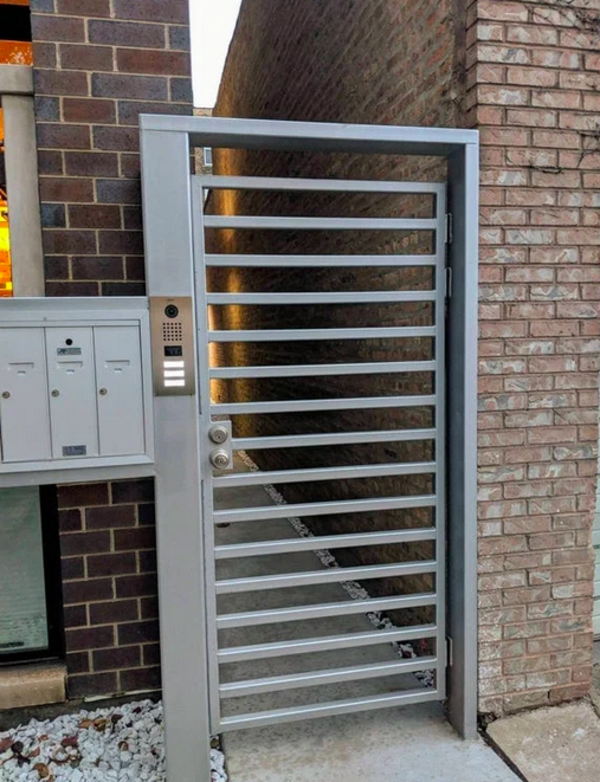
Wait for it…
Shop Talk
In the response to my “Put the Dang Tools Back!” in the last issue, reader John M writes:
“I’ve been working on the “put the dang tools back” for years now. Coming up on three years since the last shop move, the problem that looms the largest is that there is no “back” to put things until you create one. The last move went from 3,000 sf to 1,600 sf, so it’s been tricky. Making the job harder is the need to be functional over the need to be organized. Yes, taking the time to organize will make the work easier, but that job needs to get finished NOW so we can pay the rent! Needless to say, instead of spending my limited time pursuing personal projects, I tend to spend it cleaning and organizing. Somewhat satisfying, but not as much as other projects.“
***
Also in response to “Put the Dang Tools Back!,” Cool Tools reader LarryA2010 writes:
“Good advice. Easier said than done. I have projects at varying stages, piles of tools and materials, and other stuff strewn about my workshop and I hate putting things back. I do keep some tools and materials organized though. I have a worktable made from a solid core door on top of two wood filing cabinets which hold folders of sandpaper and other useful items. Most-used tools are in a simple tool caddy on the floor. Two old bureaus hold sets of wrenches and other large tools. Plastic totes hold unfinished projects. Solvent cans are in a row on the floor next to my chair with a strap wrench on top to tighten them so they don’t evaporate. I still have tools and small materials covering much of my table, and tools and materials spread all over the floor. I can’t get myself to organize them. One thing I do have that I keep in order is this really useful Alvin, Spin-O-Tray, Rotating Desktop Organizer on top of the desk. It makes it easy to replace often-used small tools after I use them.”
11/25/21(Gareth’s Tips, Tools, and Shop Tales is published by Cool Tools Lab. To receive the newsletter a week early, sign up here. — editors)









